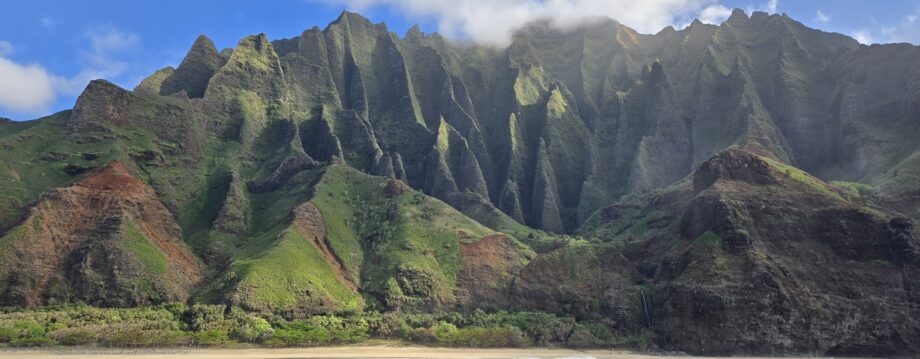 September 21, 2006
September 21, 2006
We again sailed through the night East on the Svir river and then North on the Onega Lake. I awoke to colder temperatures and rain but the rain cleared by the time we stopped at Khizi.
Khizi was founded in the 15th century and today is an open air museum with distinctive wooden structures with some of them dating back to the 14th century (some of the structures were moved from other sites to Kizhi). The structures have earned Khizi a UNESCO cultural heritage site designation.
The most impressive structure is the church of Transfiguration (a.k.a. the Summer Church) which was originally built in 1583 and then rebuilt in 1714 after the original church burned down. All of the structures are made completely out of wood with no nails. Recently steel structures and nails have been used to help support the structures.
In addition to the church of Transfiguration, there was the Winter Church, a much smaller church that was used during the winter as it was not practical to heat the larger Summer church during the winter. There were also original houses, bath houses, and a windmill. We were able to see daily activities of the family including young women spinning yarn and making beaded jewelry.
During the winter months, the area is inaccessible except by helicopter. The rivers and lakes completely freeze over. The tour guides who live there in summer months move to another area from October to May.
Later that night on the boat, the cruise directors Olga, Galina and Olga played games with the groups including “introduce your table” by giving three adjectives that describe your country. Afterwards there was dancing. I hate these type of activities because so often they are used as “ice breakers” in corporate meetings. The dance that they did got everyone in a circle first joining hands, then elbows, then waists and finally knees. I snapped a photo of that and the other people on the sideline laughed so hard and handed me there card asking me to make sure I sent the pictures.














Recent Comments